Building of the Day: 552-554 Atlantic Avenue
Brooklyn, one building at a time. Name: Former Gross Building, now Islamic Center Address: 552-554 Atlantic Avenue Cross Streets: 3rd and 4th avenues Neighborhood: Downtown Brooklyn Year Built: 1928 Architectural Style: Art Deco, with neo-Classical ornamentation Architect: Henry I. Oser Other Work by Architect: Trinity Court Building, lower Manhattan, loft and showroom buildings in the…


Brooklyn, one building at a time.
Name: Former Gross Building, now Islamic Center
Address: 552-554 Atlantic Avenue
Cross Streets: 3rd and 4th avenues
Neighborhood: Downtown Brooklyn
Year Built: 1928
Architectural Style: Art Deco, with neo-Classical ornamentation
Architect: Henry I. Oser
Other Work by Architect: Trinity Court Building, lower Manhattan, loft and showroom buildings in the Garment District, Madison Avenue, and other midtown Manhattan locations
Landmarked: No
The story: I’ve always wondered what the story was on this building. Its glazed terra cotta façade rises up over the neighboring buildings, immediately dating it as an Art Deco-era building, although it has very neo-Classical ornamentation. Its wide arched windows and polychrome décor are a nice piece of detailing in a neighborhood that already has some Art Deco masterpieces. My friend Joe Svehlak, who leads walking tours all over the city, and often conducts walking tours of Atlantic Avenue, asked me to find out the building’s history.
I found out the building was commissioned in 1928 by the 554 Atlantic Avenue Corporation, with offices in Jamaica, Queens. The building was designed by Henry I. Oser, and is six stories tall, with stores and offices. The building cost $160,000 to build. By 1929, the building was called the Gross Building, for realtor Joseph M. Gross, who had offices there, and may have been the name behind the developers. The buildings first tenants were real estate companies, trade union offices and lawyers.
The architect of the building was Henry I. Oser, who had his offices in Manhattan. He didn’t build very many buildings in Brooklyn, but was a major contributor to the streetscape of Midtown Manhattan. He was born in Kiev, Russia and immigrated to the United States as a youth. I was not able to find any information as to his training or education, but he became both an engineer and an architect, working in the skyscraper building days of the 1920s and early ‘30s.
He specialized in office and loft buildings, most of which are in today’s Garment District. His most well-known building there is 575 Seventh Avenue, now the Fashion Center Building, built in 1927. He also designed the Trinity Court Building, a large office building on Trinity Place, near Wall Street. Oser is also on record as the engineer of several large projects that he did not design as an architect, including the towering Gotham National Bank Building, at Columbus Circle, built in 1921-22. That building is no longer standing. Henry Oser died in 1935.
The Gross Building replaced a group of four story row buildings from the mid-19th century that had stores on the ground floor and tenants above. The façade of the building is clad in large glazed white terra cotta tiles. Neo-classical swags and garlands ornament the building, as do the highlighted arches and classical pilaster in the center of the building on the second through fourth floors. Those windows are the best part of the building.
In 1929, Joseph M. Gross, who was described as the “millionaire realtor of 554 Atlantic Avenue,” proposed a Federal Reserve Plan for title companies. Title companies redeemed mortgages, and were very risk adverse, not wanting to guarantee very many mortgages. Gross urged that they be protected. He said it would stabilize a moribund real estate money market and would get developers moving again, thereby hiring builders, carpenters and other building tradesmen, thus helping the economy which was sliding into the Great Depression. The bill was being touted by Congressman Emmanuel Cellar, who was also Chairman of the Board of the Brooklyn National Bank of New York. Sounds like a familiar issue.
Other companies and organizations that had offices in the Gross Building in the 1930s included the Real Estate Options Exchange, The Atlantic Avenue Board of Trade, the Brooklyn Radio Dealers, a trade association, Building Trades Council of Long Island, the Kew Forest Construction Company, New York Journal Ad Office, the Homeowners Protective League and the Walden Company, distributors of GE heating equipment.
In 1951, one of the ground floor stores was called the Ideal Pants Shop. The owner was beaten and robbed in September of that year. The Brooklyn Eagle showed him bandaged and bleeding in an ambulance. He was expected to be home in a couple of days. The robbers got $90. The building has been a Muslim mosque, cultural center, and related stores since 1977.
(Photo: Nicholas Strini for PropertyShark)
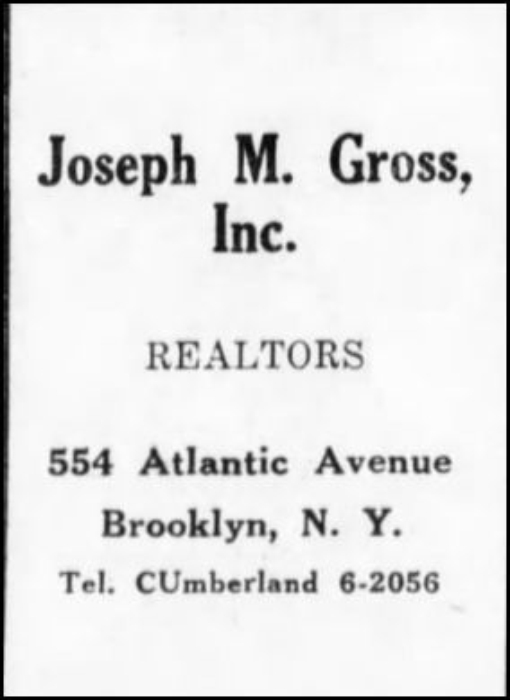
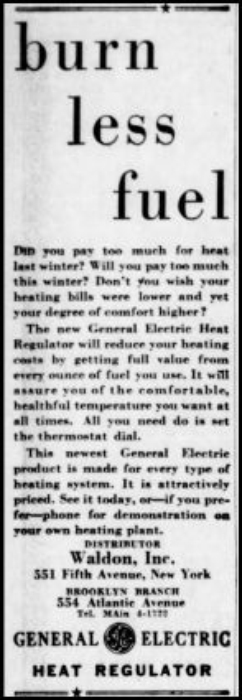

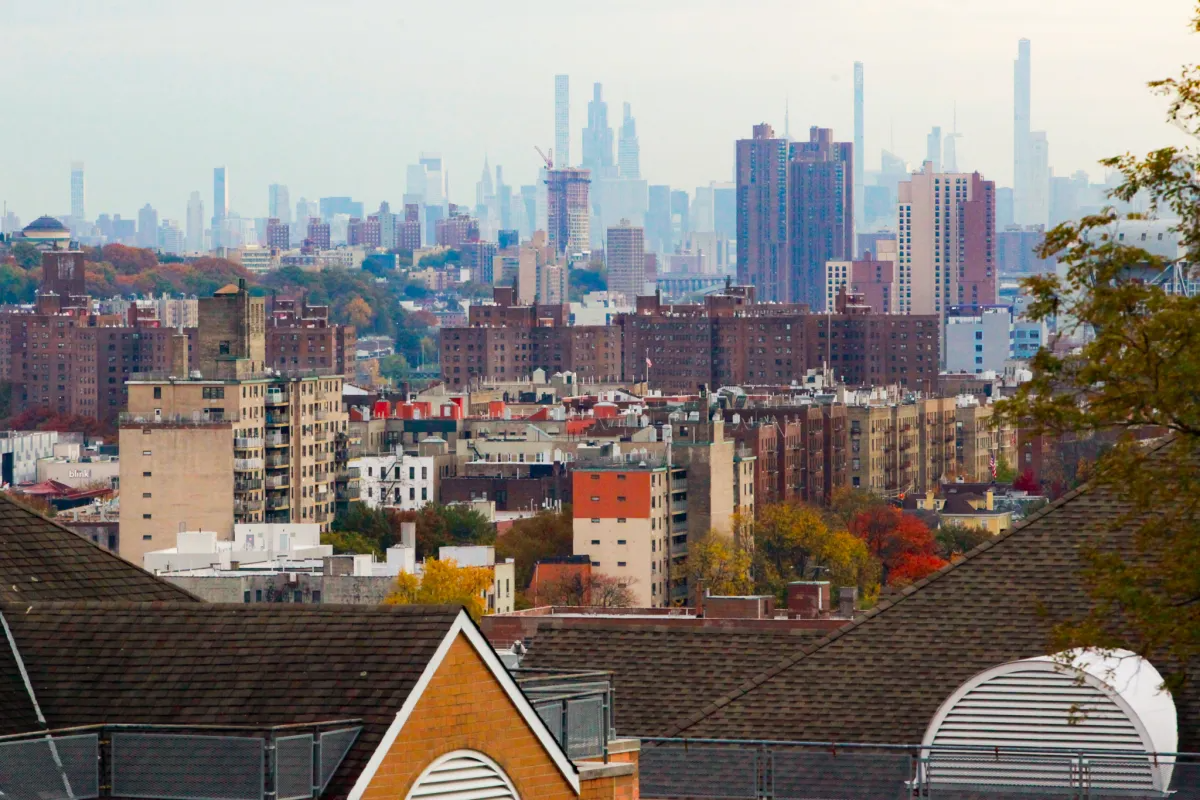
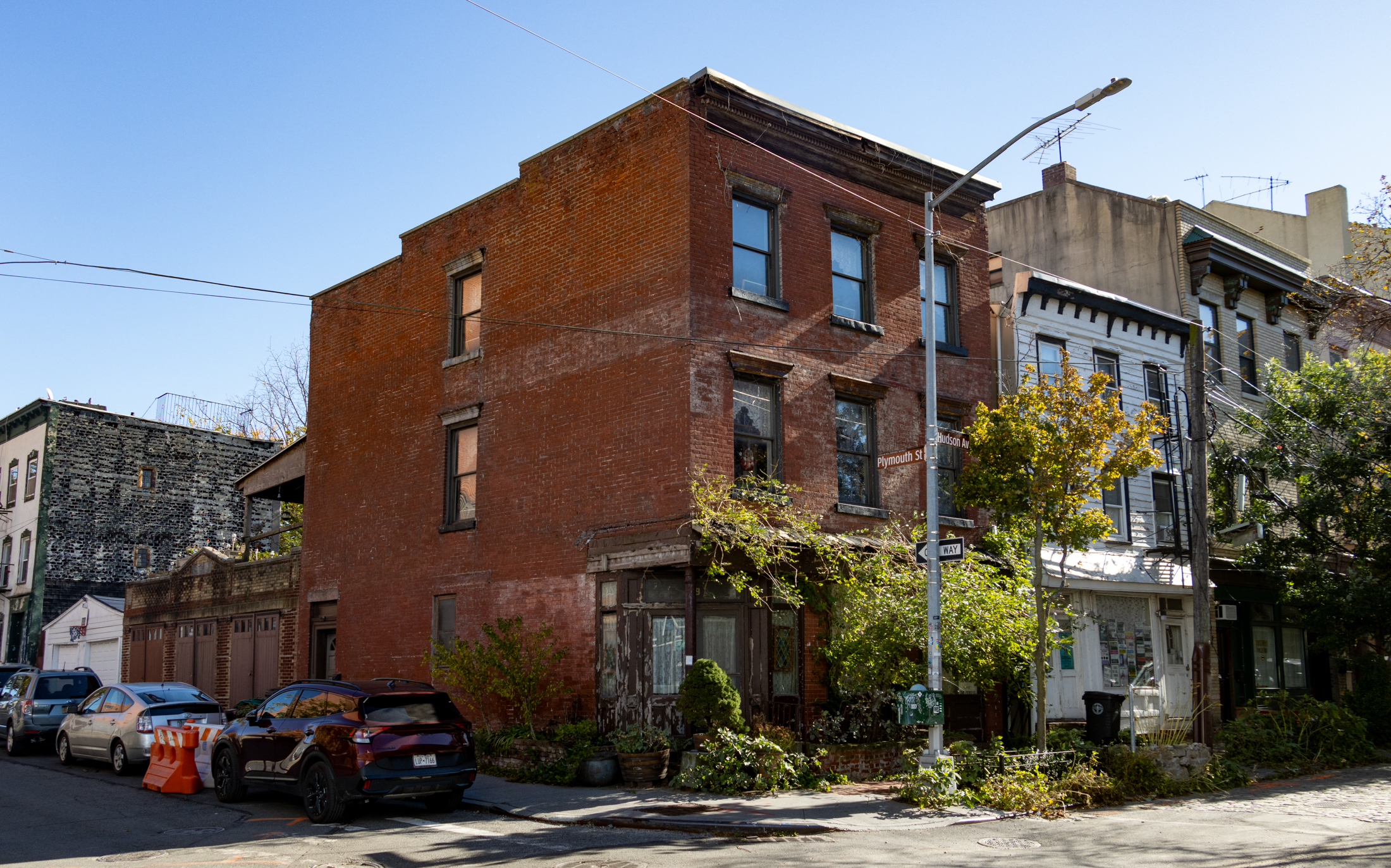
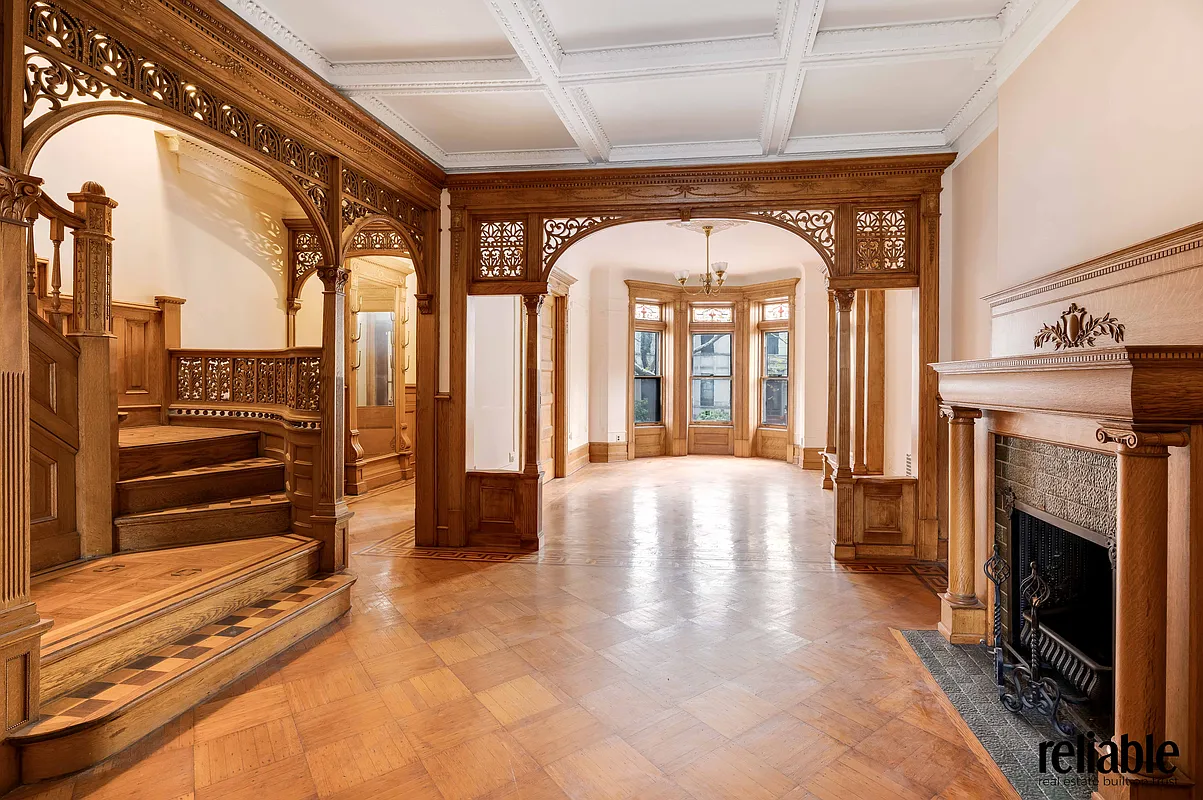
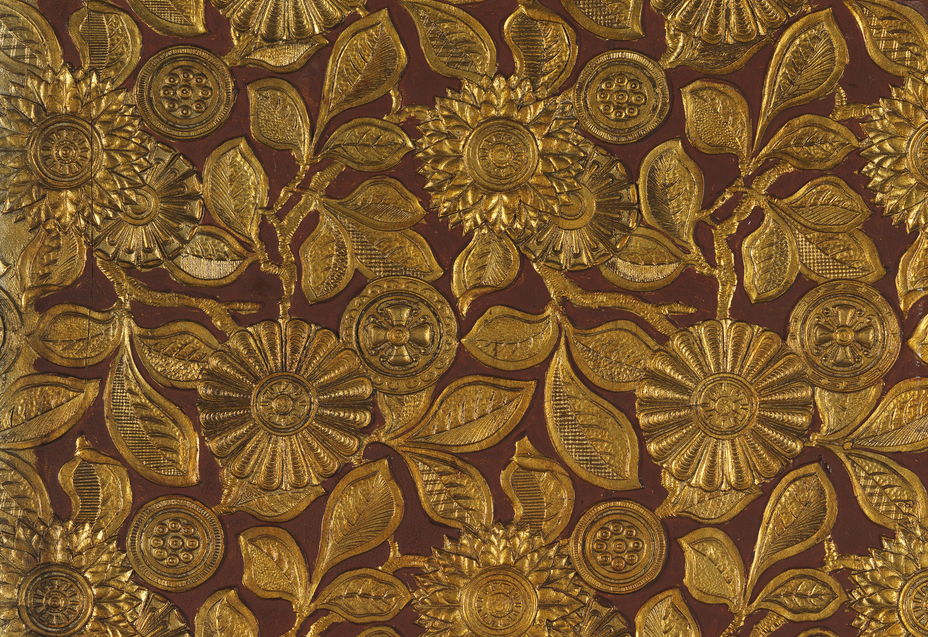
What's Your Take? Leave a Comment